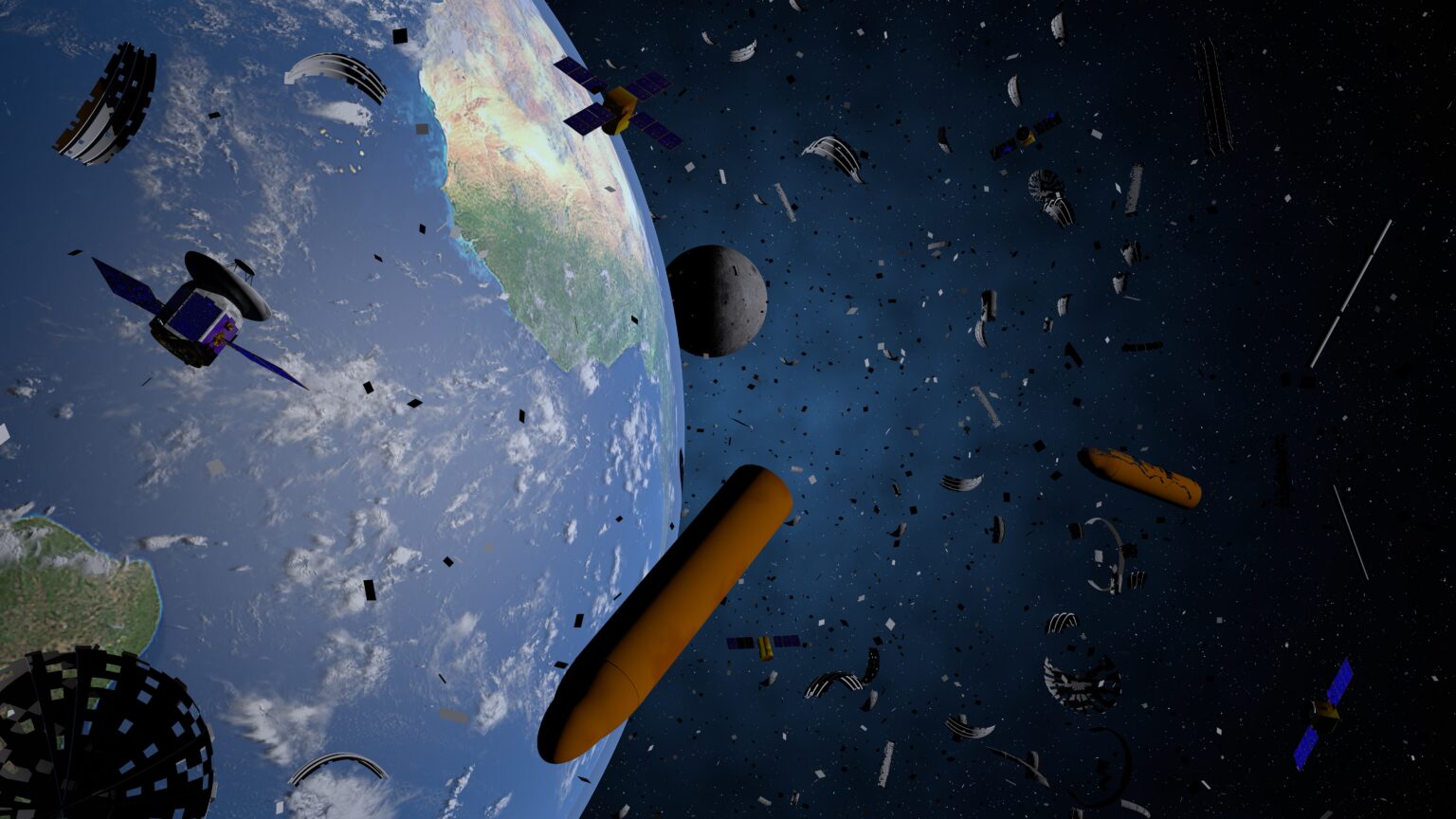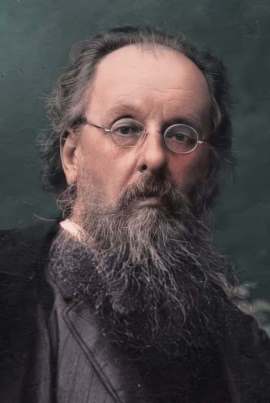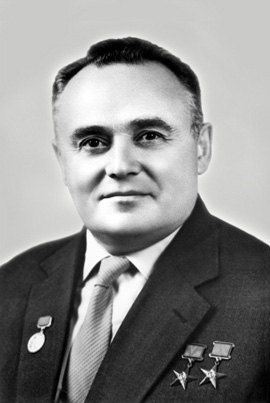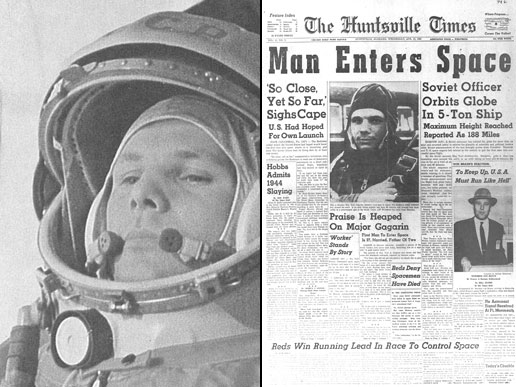During their stay on the International Space Station (ISS) astronauts have to continue living and working in an environment that is very different to that here on Earth.
They still need to keep clean, go to the bathroom, eat and drink and keep fit and healthy. Astronauts live in ISS stations for about 6 months, then they change crews because astronauts need to go to Earth and have a normal life. On International Space stations astronauts can’t eat bread, because it produces crumbs that become unmanageable because in Space has microgravity.

 All space junk is the result of launching objects from Internation Space Station and it remains in orbit untill it re-enters the atmosphere. Some objects in lower orbits of a few hundred kilomerers can return quickly.
All space junk is the result of launching objects from Internation Space Station and it remains in orbit untill it re-enters the atmosphere. Some objects in lower orbits of a few hundred kilomerers can return quickly.
Space debris, also known as space junk or debris objects, refers to waste and fragments that are in Earth's orbit. This includes used rocket stages, decommissioned satellites, destroyed satellites, and other remnants left from space missions.
Space debris poses a serious problem for Earth's space infrastructure and satellite systems. Hundreds of thousands of large objects and millions of smaller fragments are moving at speeds of several kilometers per second, and even a small piece of debris can cause significant damage to spacecraft or satellites. Collisions with space debris can lead to destruction, creating even more debris.
Continue Reading
 Konstantin Eduardovich Tsiolkovsky (1857-1935) was a Russian scientist, engineer, and pioneer in the field of rocketry and astronautics. He is considered one of the founding fathers of modern astronautics, and his work played a significant role in the development of rocketry.
Konstantin Eduardovich Tsiolkovsky (1857-1935) was a Russian scientist, engineer, and pioneer in the field of rocketry and astronautics. He is considered one of the founding fathers of modern astronautics, and his work played a significant role in the development of rocketry.
Tsiolkovsky was born on September 17, 1857, in Izhevsk, Russian Empire (now Udmurtia, Russia). Despite a challenging childhood marked by illness and partial deafness, he became a scientist and opened new frontiers in science and technology.
One of Tsiolkovsky's most well-known and significant works is his treatise "The Exploration of Cosmic Space by Means of Reaction Devices." In this work, he proposed concepts for using rocket engines to achieve space velocity and explore outer space. He conducted numerous calculations and put forward the fundamental principles of rocketry, including the principle of equal and opposite momentum in an ideal reactive engine, the laws governing changes in velocity and mass of a rocket during flight, and the use of multi-stage rocket engines.
Tsiolkovsky also envisioned the possibility of using artificial satellites for telecommunications and navigation, as well as for the exploration of other planets and celestial objects. He recognized the importance of developing and applying technologies capable of sustaining long-duration space travel.
While Tsiolkovsky did not live to see his ideas and concepts realized during his lifetime, his work became the foundation for the future development of astronautics. His scientific research and technical innovations had a significant impact on the global space community and inspired many scientists and engineers to continue
Continue Reading
 Sergei Pavlovich Korolev (1907-1966) was an outstanding Soviet scientist and engineer in the field of rocketry and astronautics. He is considered the chief designer of the first Soviet satellites and spacecraft. Korolev was born on January 12, 1907, in Zhytomyr, Russian Empire (now Ukraine). He showed an interest in aviation and rocketry at an early age and later enrolled in the Department of Heat Engineering at the Kiev Polytechnic Institute.
Sergei Pavlovich Korolev (1907-1966) was an outstanding Soviet scientist and engineer in the field of rocketry and astronautics. He is considered the chief designer of the first Soviet satellites and spacecraft. Korolev was born on January 12, 1907, in Zhytomyr, Russian Empire (now Ukraine). He showed an interest in aviation and rocketry at an early age and later enrolled in the Department of Heat Engineering at the Kiev Polytechnic Institute.
In the 1930s, Korolev became one of the leaders of the Group for the Study of Reactive Motion, where he was involved in the development and testing of rocket engines. During World War II, he led the work on the creation of rockets used for bombardment. After the war, Korolev headed a secret rocket and space laboratory, where he developed rockets for space exploration. Under his leadership, the first artificial satellite of the Earth, Sputnik-1, was launched in 1957, which was a tremendous achievement and attracted worldwide attention. Under Korolev's guidance, the Soviet Union achieved significant successes in its space program, including the launch of the first human into space—Yuri Gagarin in 1961. He also led the development of the first automatic spacecraft, Luna-2, which became the first human-made object to reach the surface of the Moon. Despite his outstanding achievements, Sergei Korolev's name was a closely guarded state secret in the Soviet Union for a long time. He was known to the general public only by the pseudonym "Chief Designer" or "Uncle Sasha."
Unfortunately, Sergei Korolev passed away on January 14, 1966, never living to see the moment when Soviet cosmonauts landed on the
Continue Reading
 April 12 was already a huge day in space history twenty years before the launch of the first shuttle mission. On that day in 1961, Russian cosmonaut Yuri Gagarin (left, on the way to the launch pad) became the first human in space, making a 108-minute orbital flight in his Vostok 1 spacecraft. Newspapers like The Huntsville Times (right) trumpeted Gagarin's accomplishment. Mercury astronaut Alan Shepard became the first American in space less than a month later. The first cooperative human space flight project between the United States and the Soviet Union took place in 1975. The Apollo-Soyuz Test Project was designed to test the compatibility of rendezvous and docking systems for American and Soviet spacecraft and to open the way for future joint manned flights.
April 12 was already a huge day in space history twenty years before the launch of the first shuttle mission. On that day in 1961, Russian cosmonaut Yuri Gagarin (left, on the way to the launch pad) became the first human in space, making a 108-minute orbital flight in his Vostok 1 spacecraft. Newspapers like The Huntsville Times (right) trumpeted Gagarin's accomplishment. Mercury astronaut Alan Shepard became the first American in space less than a month later. The first cooperative human space flight project between the United States and the Soviet Union took place in 1975. The Apollo-Soyuz Test Project was designed to test the compatibility of rendezvous and docking systems for American and Soviet spacecraft and to open the way for future joint manned flights.
Since 1993, the U.S. and Russia have worked together on a number of other space flight projects. The Space Shuttle began visiting the Russian Mir space station in 1994, and in 1995 Norm Thagard became the first U.S. astronaut to take up residency on Mir. Seven U.S. astronauts served with their Russian counterparts aboard the orbiting Mir laboratory from 1995 to 1998. The experience gained from the Mir cooperative effort, as well as lessons learned, paved the way for the International Space Station.
Continue Reading




